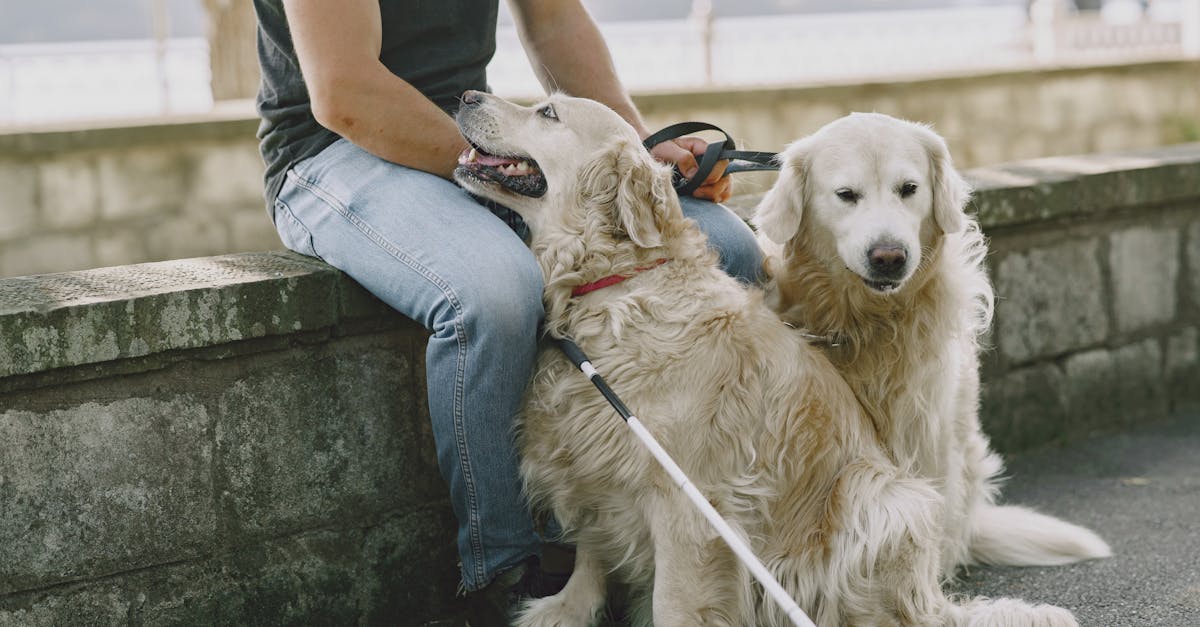Assistance dogs are highly trained partners supporting people with disabilities. They perform specific tasks to improve their owners’ lives. These skilled animals complete strict training governed by Accreditation Standards, ensuring each dog meets high requirements. This foundation promotes social inclusion and independence. Learn how this vital journey unfolds and its impact on both dogs and their human partners.
What You Need To Know about Training Process
Training an assistance dog is much more than teaching basic obedience. It involves a systematic approach that blends advanced training techniques and socialization.
Foundational Skills and Specialized Training
The training process begins with foundational skills, focusing on basic obedience and social behaviors. Dogs learn to respond to commands, socialize with various environments, and most importantly, remain calm in public spaces. This aspect is vital as the dogs must carry out responsibilities while navigating distractions in real-world situations.
Once a solid foundation is laid, training advances to specific tasks tailored to meet the unique needs of their handlers. For instance, some dogs may be trained to recognize and respond to medical emergencies, while others provide emotional support in challenging situations. The goal is to equip these animals with the ability to assist their owners effectively.
Socialization: The Key to Successful Teamwork
Socialization forms a cornerstone of assistance dog training. Engaging in different environments, such as crowded cities, public transport, or community events, helps these canines adapt and thrive in various scenarios. This exposure not only prepares them for public access but also fosters a deep-seated bond between the dogs and their handlers. In essence, the diverse experiences during training empower assistance dogs to navigate both social and functional responsibilities seamlessly.
Certification and Standards
In the field of assistance dogs, certification signifies a commitment to excellence. Organizations, such as Assistance Dogs International (ADI), establish stringent guidelines to uphold high training standards.
Significance of ADI Standards
The ADI Standards have emerged as benchmarks that define optimal training practices within the assistance dog industry. They ensure that assistance dog users receive exceptional service from accredited organizations and foster a safe environment for both dogs and their handlers. Through compliance with these standards, individuals seeking help can trust that their assistance dogs have received rigorous training and education.
Peer-Review Accreditation Assessment
Accreditation operates as a critical quality assurance process for assistance dog organizations. This peer-review assessment evaluates various criteria established by ADI, ensuring that organizations meet the required standards of excellence. Once accredited, organizations must undergo reevaluation every five years to maintain their certification. This ongoing scrutiny reinforces accountability and dedication to the highest training practices.

Fostering Social Inclusion
The presence of assistance dogs opens doors to social inclusion for individuals with disabilities. Beyond their training, these dogs play a significant role in bridging communication gaps, enhancing social interactions, and fostering acceptance in communities.
Beyond the Physical: Emotional Growth
Assistance dogs are renowned for their ability to provide emotional support. They create a safe space for their owners, which promotes mental well-being. Whether mitigating anxiety or providing companionship, these dogs cater to emotional needs while encouraging meaningful interactions with others. Being seen with a well-trained assistance dog can challenge societal perceptions, gradually fostering a more inclusive environment.
Public Access and Legal Protections
Under the Americans with Disabilities Act (ADA), assistance dogs have specific rights to access public spaces alongside their handlers, separating them from emotional support animals that do not have the same legal status. This distinction promotes a better understanding of the roles these dogs play, advocating for the inclusion of individuals with disabilities into everyday society. Yet, awareness and acceptance remain crucial for overcoming stigmas attached to disability.
| Type of Assistance Dog | Primary Function | Best Breeds |
|---|---|---|
| Guide Dogs | Navigating for the visually impaired | Labrador, Golden Retriever |
| Hearing Dogs | Alerting owners to sounds | Cocker Spaniel, Miniature Poodle |
| Mobility Assistance Dogs | Helping with physical tasks | Great Dane, Saint Bernard |
| Seizure Response Dogs | Responding to seizure events | German Shepherd, Golden Retriever |
| Psychiatric Service Dogs | Assisting with mental health | Labrador, Standard Poodle |
To achieve a robust social framework, awareness of the significant role assistance dogs play in enhancing independence must be cultivated. Educational initiatives can empower communities, helping to break down barriers and facilitate better understanding and acceptance.
In summary, assistance dog training involves a comprehensive process that prioritizes standards and social inclusion. By embracing these principles, the potential for enhancing the quality of life for individuals with disabilities is immense. For those seeking guidance on training and certification, consulting with seasoned professionals can provide valuable support and resources.
https://www.youtube.com/watch?v=8dGcwQedt78
